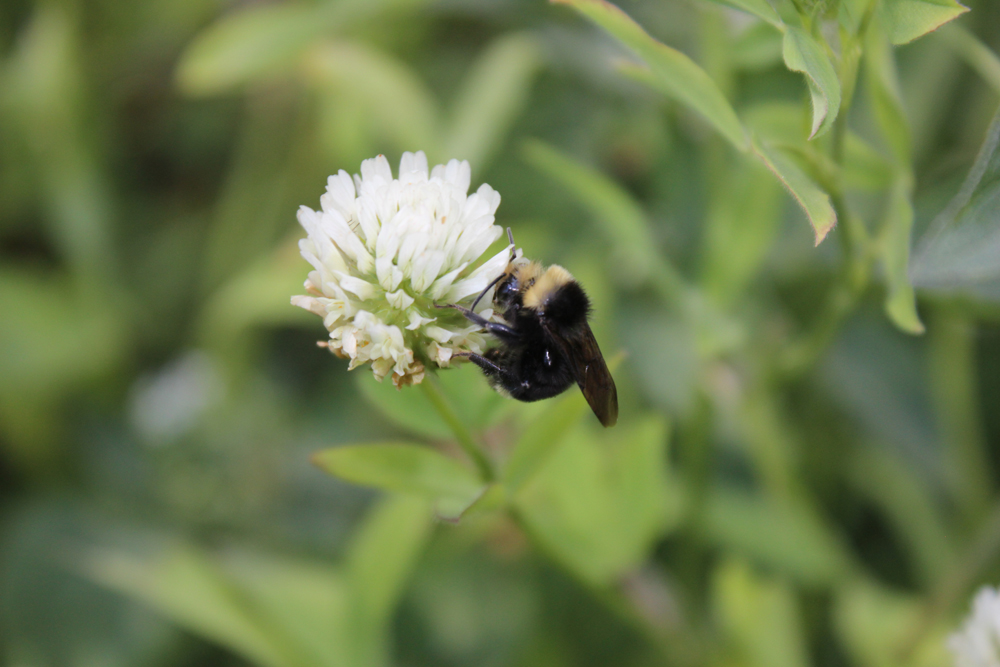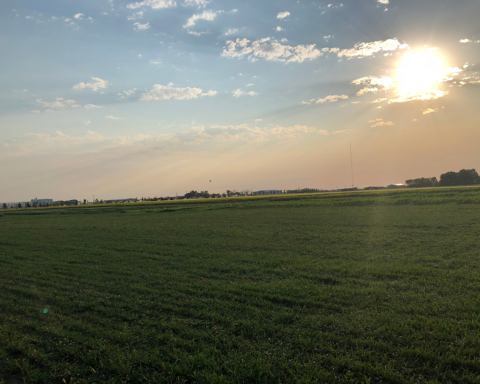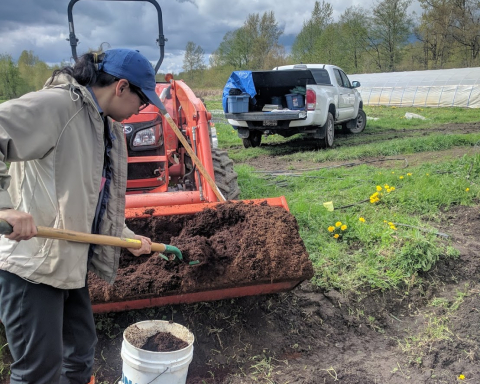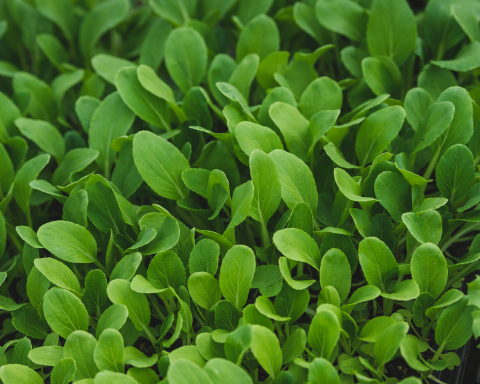Saikat Kumar Basu
Clover is the common English name for different species of plants belonging to the genus Trifolium comprising over 250+ species distributed across the planet. These are legume plants that belong to the plant family Leguminaceae (Fabaceae) indicating these are plants capable of successfully fixing atmospheric nitrogen. Clover is commonly used as a pasture and/or forage crop and is usually highly palatable and nutritious for the standing livestock. Annual, biennial, and perennial species of clovers are reported across the planet and are treated as an important legume forage crop. Clovers are also called trefoil. Wild clovers are most common in the temperate Northern hemisphere but high altitude species are also common around the tropics.
Clovers usually have trifoliate leaves with dense spikes of small white, yellow, red or purple flowers. Clovers are known around the planet to be an excellent pollinator plant attracting diverse species of bees, beetles, moths and butterflies. Clovers are a low maintenance nitrogen fixing crop that produces abundant flowers and high quality seed under both irrigation and rain-fed conditions depending upon specie(s) or cultivar(s) used. They are successful under variable soil conditions including some acidic soil and are often used for reclamation purposes. They reduce the application of synthetic fertilizers on the farm and are hence economically viable. Clovers can be grown singly or in combinations with other cereal crops or forage crop like alfalfa as parts of mixed legume pastures. Clovers are of particular interest to organic farmers due to their suitability for the purpose of green composting.
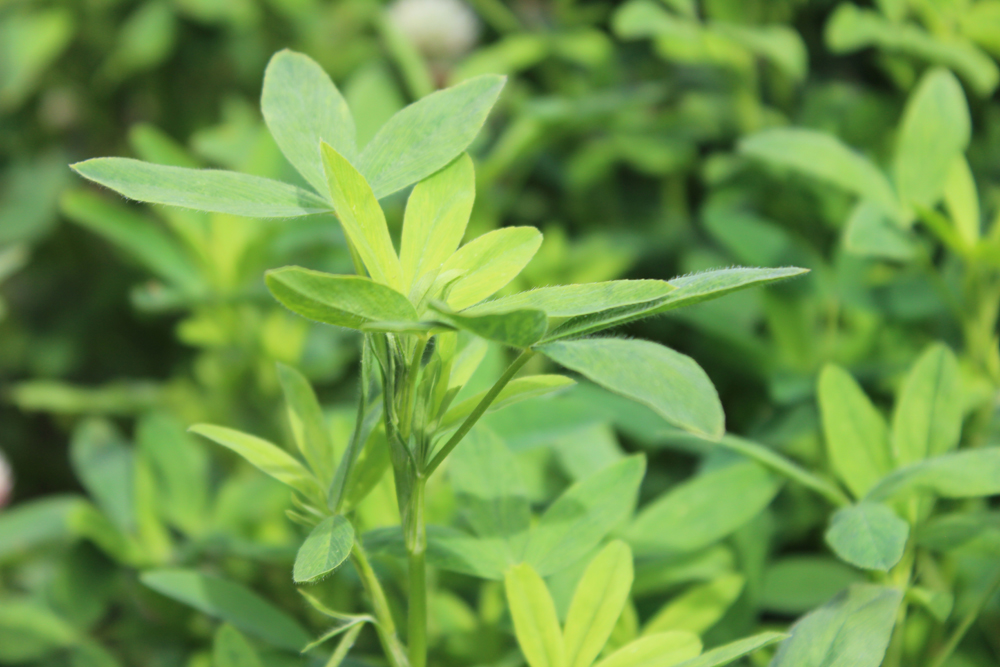
Photo: Frosty Berseem Clover. Photo Credit: J.Hall
For organic green manure/nitrogen fixation purposes, these crops should be grown alone and either grazed or harvested as hay or alternately combined with soil post maturity (“plowed” down). If growing with a companion/cover crop as in with silage or with a cereal in an organic system, for Best Management Practices (BMP), kindly consider the following:
1. Plant the clover first—either broadcast and harrow pack or shallow plant with a seed drill to cover as much ground space as possible.
2. Wait 7-10 days to give the clover an opportunity to germinate (head start).
3. Plant the cover crop over top of the clover. Plant the cover crop at 40-60% of the normal planting rate.
4. While harvesting these crops for fodder, do not remove foliage below the lowest leaves (about 6 inches) or the crop cannot regrow. Additionally, once the crop flowers, it will have limited vegetative capacity so plan your management according.
5. Consider limit grazing the crop as it produces a mass of vegetation and animals will trample the crop and waste a lot of the forage.
6. Alternately, you can consider planting clover in alternate rows (for example two rows of cereal followed by one row of clover). This will work better with wider row spacing (like 10 inches).
Two new annual clovers, namely, FROSTY Berseem clover and FiXatioN Balansa clover have great potential for organic farmers in Western Canada. Both clover seeds are small (FiXatioN at 265,000 seeds/lb after coating); and are therefore extremely cost effective in comparison to traditional species like Crimson Clover and Hairy Vetch. Due to the smaller seed sizes, it is better to plant the crops shallow at approximately a quarter inch, to allow for optimum emergence. Both clovers are annual and function best as either a fall planting to overwinter or spring planting. These annual clovers are fall planted in several locations to allow a full productive crop the following spring. They both have excellent winter survival but can suffer from winter kill. It is advisable not to plant clover crops too early in the spring. The one exception might be in old alfalfa stands where later planting may affect the remnant alfalfa.
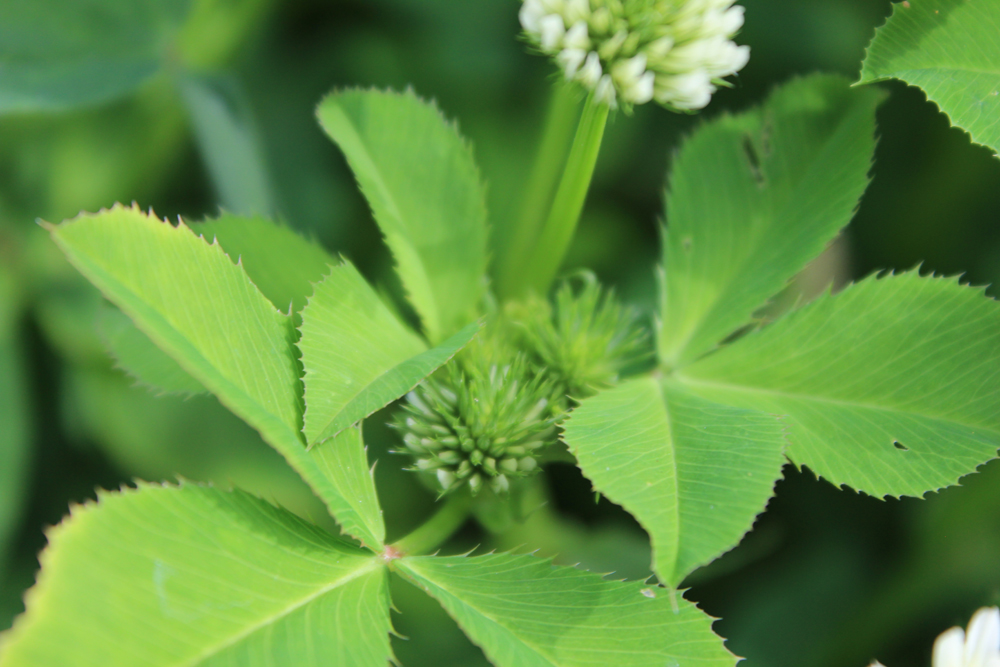
Photo: FiXatioN clover. Photo credit: J. Hall
FiXatioN Balansa Clover
FiXatioN is excellent high quality, annual, legume forage with low/no incidence of bloat and high amount of biomass production. Can be planted on its own or in combination with other forages. The crop can be planted on its own to produce high yields of quality legume forage and to fix nitrogen for subsequent cropping.
Post emergence, FiXatioN will have limited growth for 20-40 days as it develops a significant root system to then allow extensive dry matter growth. The crop will start out in a rosette stage and then grow both laterally and vertically. The lateral growth provides very good soil coverage and will often smoother other volunteer crops and weeds, making it a great tool for annual nitrogen fixation and weed control in an organic farming system.
The crop is excellent in nitrogen fixation. Trials conducted in Illinois and Oregon in the US has demonstrated 200 lbs N per acre. FiXatioN has deep taproot system breaking hardpans and scavenging soil nutrients; thereby accessing nutrients that are trapped deep in the soil and bringing them up to be available for subsequent crops. Root channels developed by the root system of the crop provide paths for water to penetrate deeper soil zones. It can be sown for the dual purpose of improving soil health along with the benefit of excellent annual legume forage. Plant 5-8 lbs/acre; 3-5 in mixes.
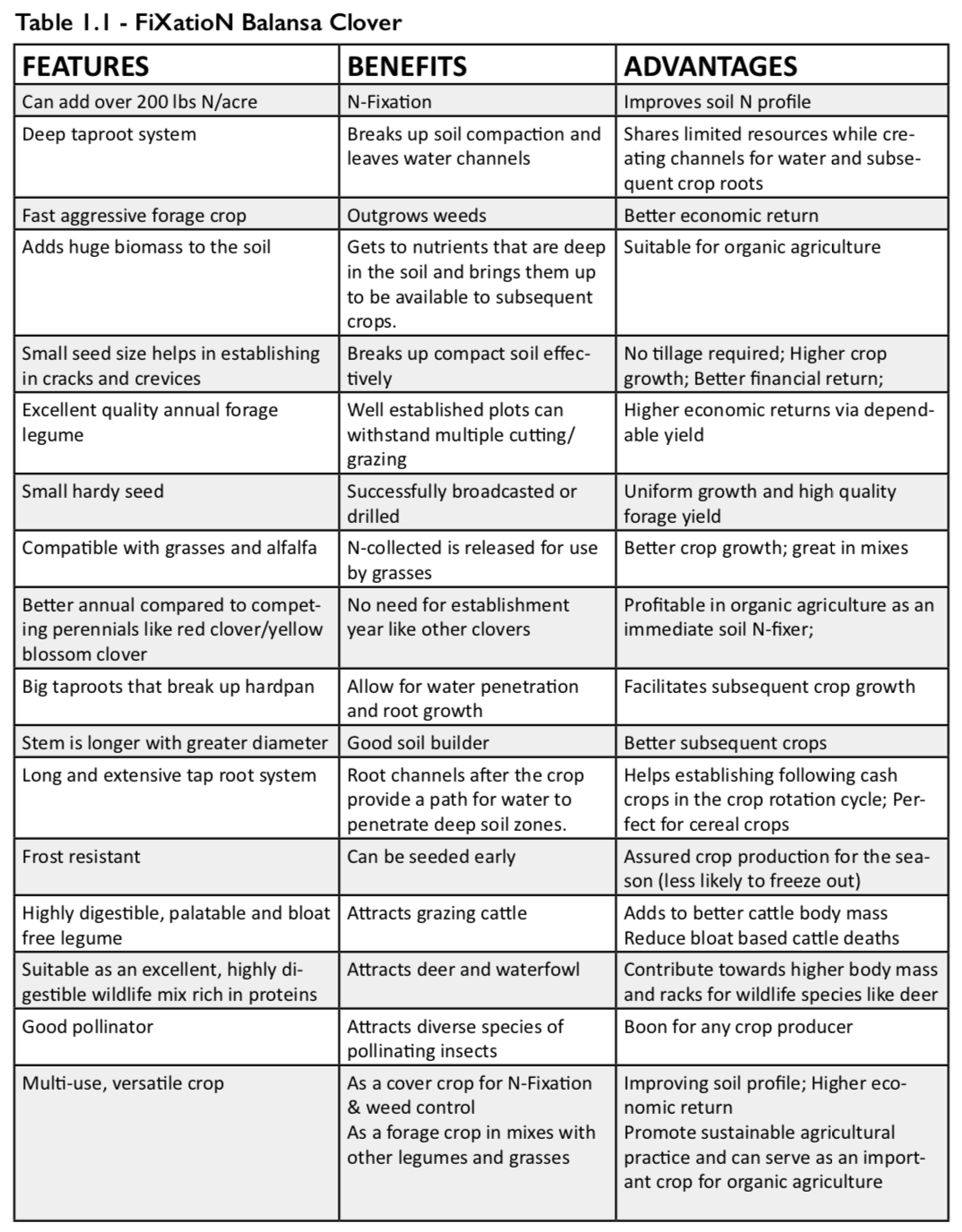
Frosty Berseem Clover
Frosty Berseem Clover can survive early season frosts; and can be planted on its own or with other forages (like alfalfa) resulting in high yield of quality forage legume for the purpose of harvesting or to graze. The salt tolerant crop has big tap root system and can fix nitrogen efficiently, scavenge nutrients, break up hardpan and also serve as an excellent pollinator crop. Can be planted as a cover crop for establishing alfalfa (10-20 % of mix), giving an opportunity for earlier cutting. Also works well to be planted with established alfalfa stands in either thin parts or bare patches. Frosty grazes well alone or in a variety of mixing options. Frosty can be used as key legume in your annual forage mixes or used as an emergency crop in years short of forage. Frosty is a well-grazed annual clover, with low bloat/no bloat legume (less filling). Plant 12-15 lbs/ acre, 5-7 in mixes.
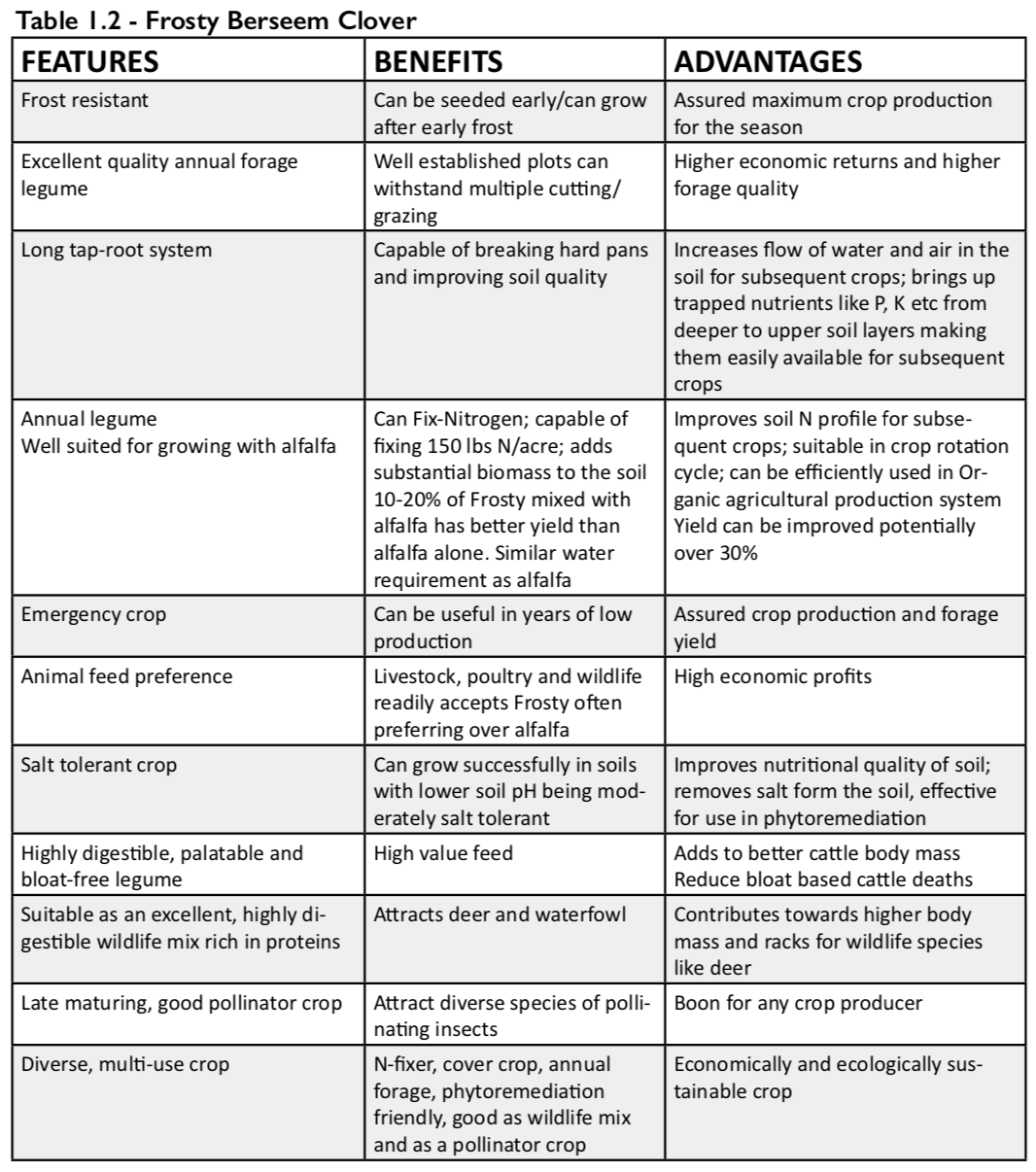
Saikat Kumar Basu has a Masters in Plant Sciences and Agricultural Studies. He loves writing, traveling, and photography during his leisure and is passionate about nature and conservation.
Acknowledgements: Grassland Oregon (USA) & Performance Seed (Canada)
Photo Credit: J. Hall


